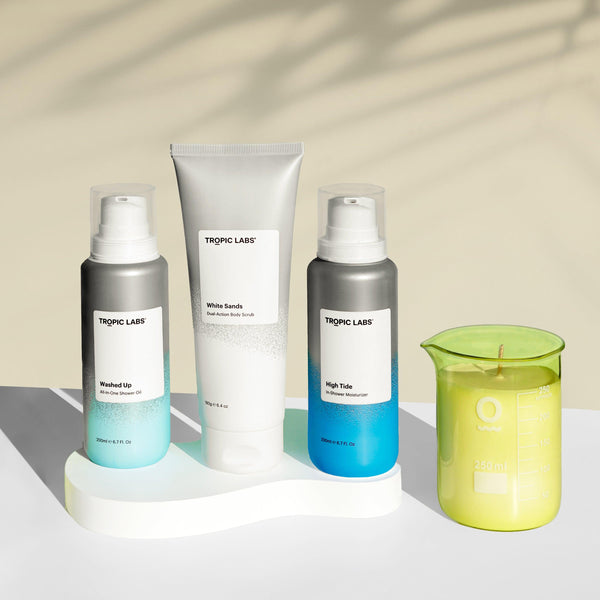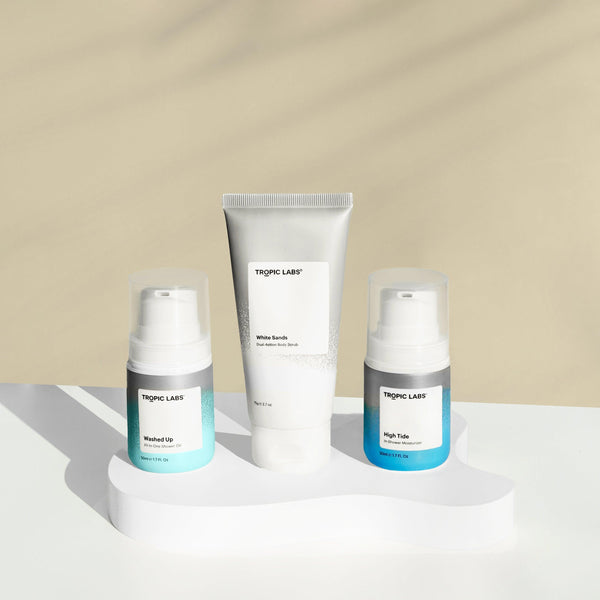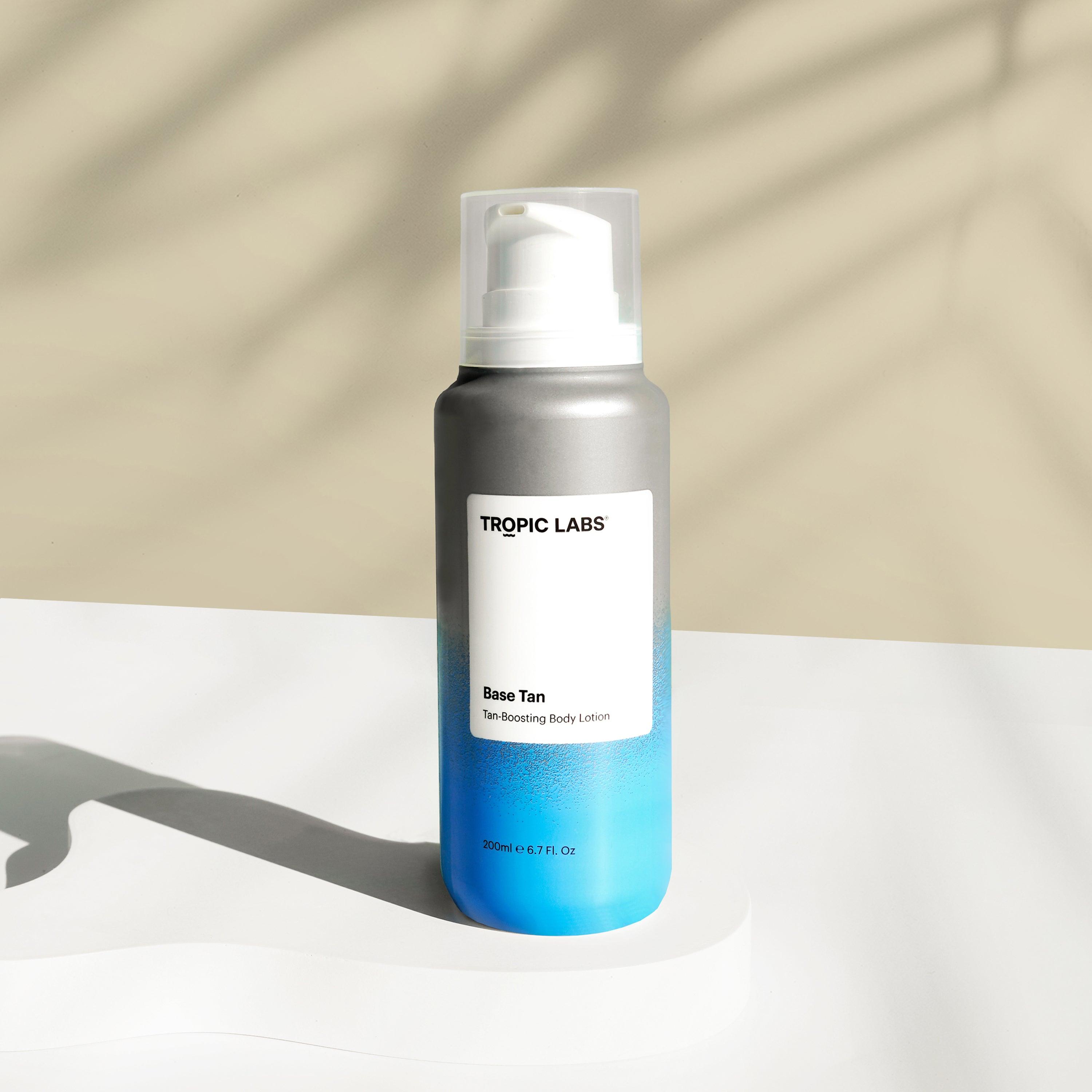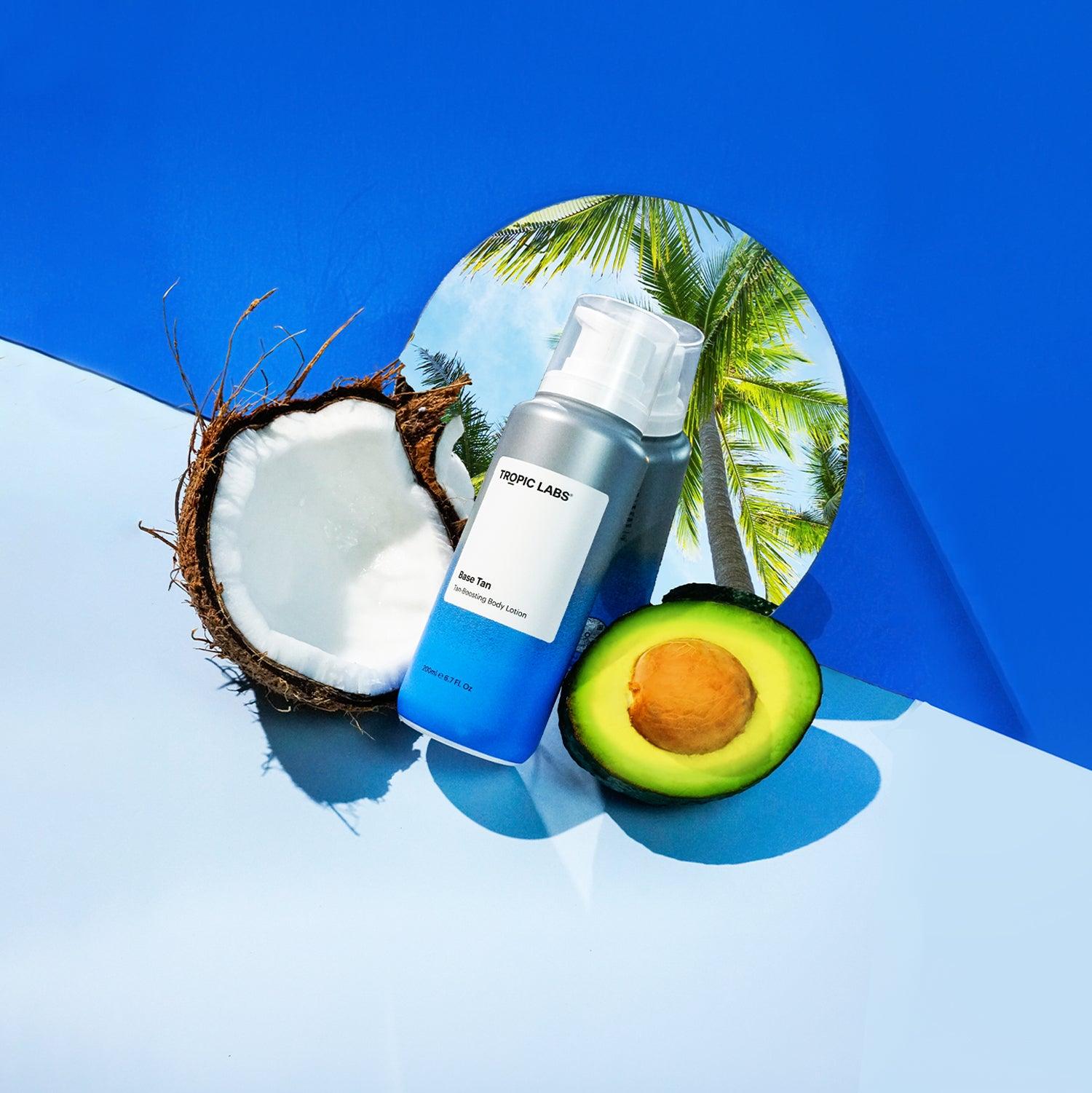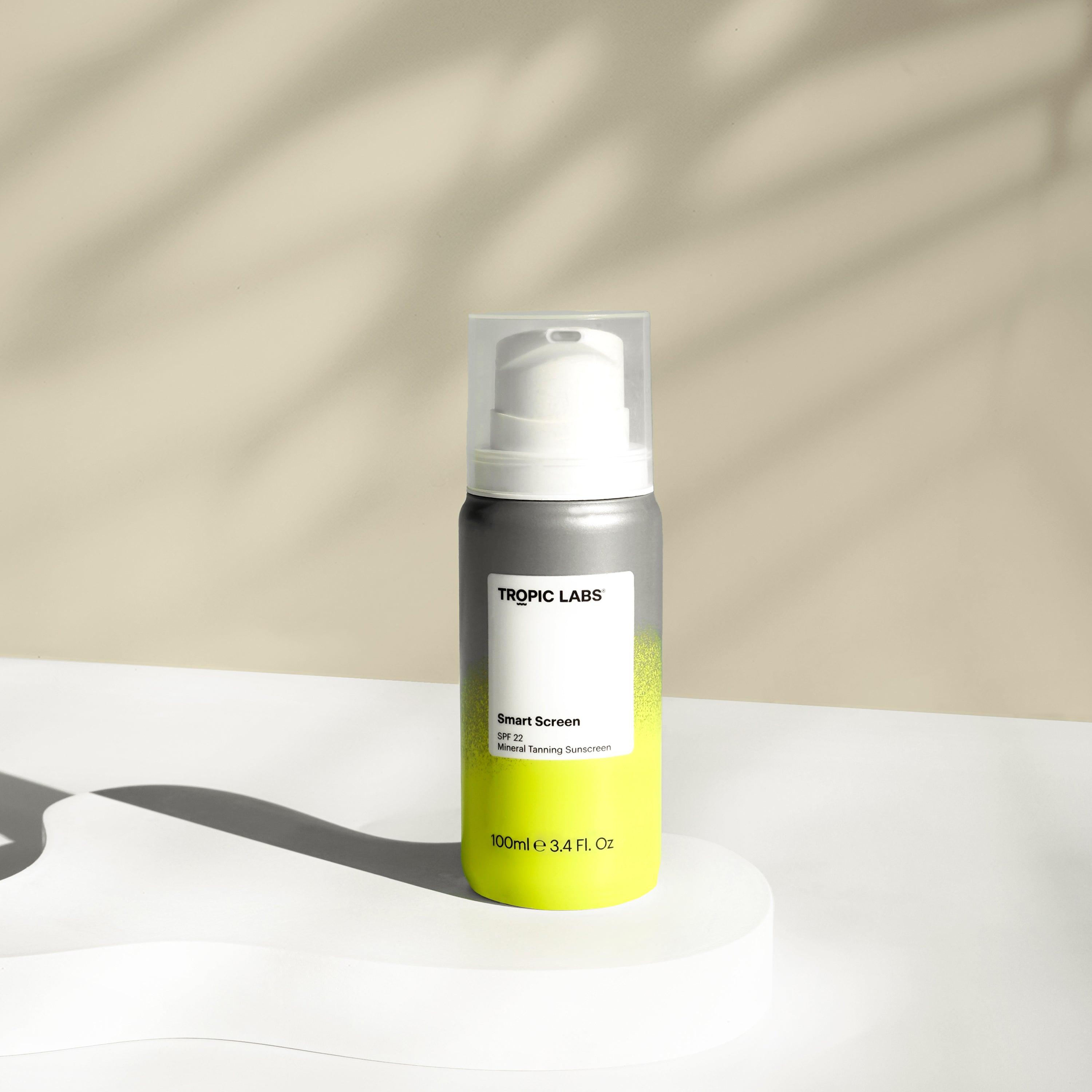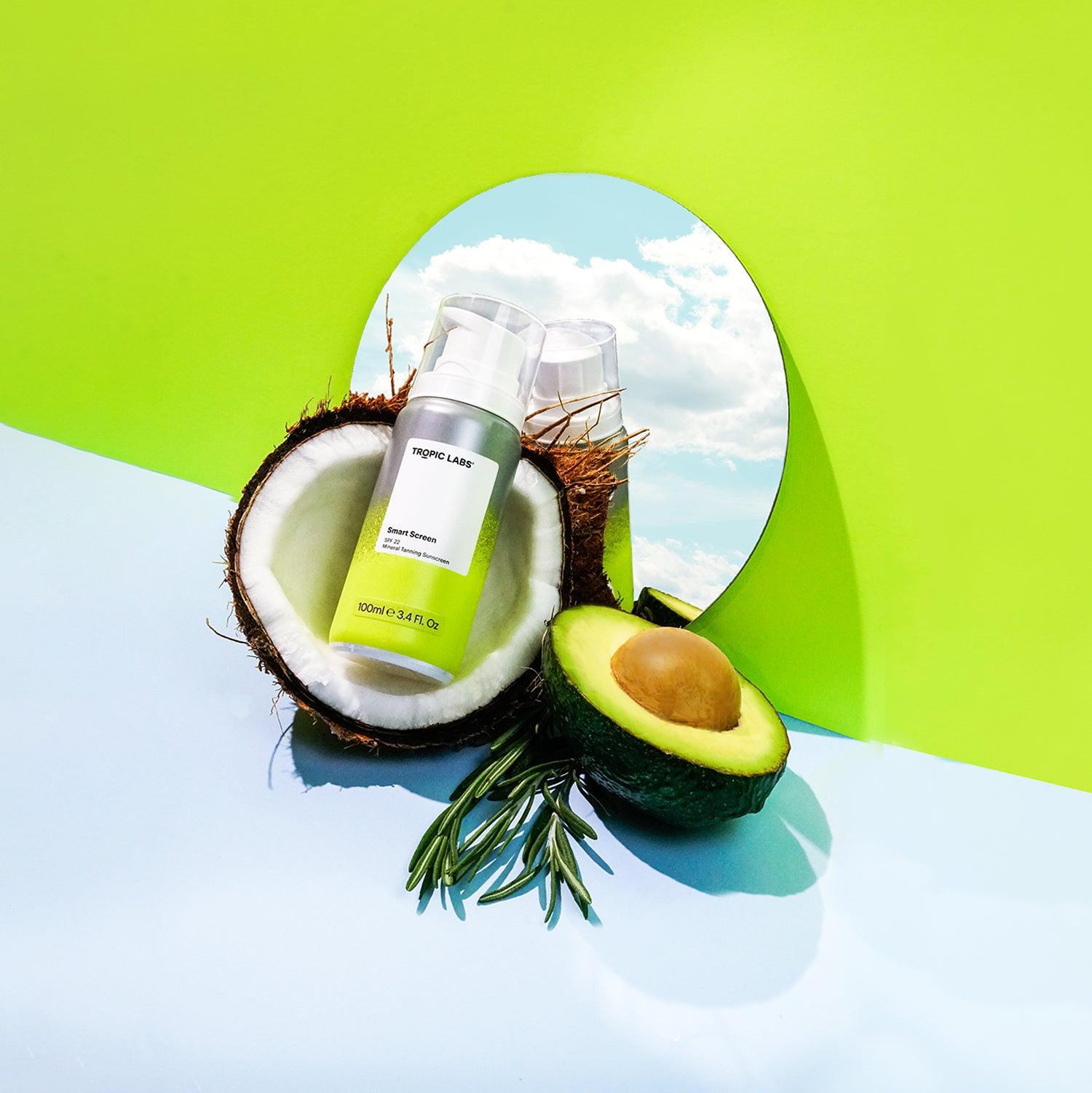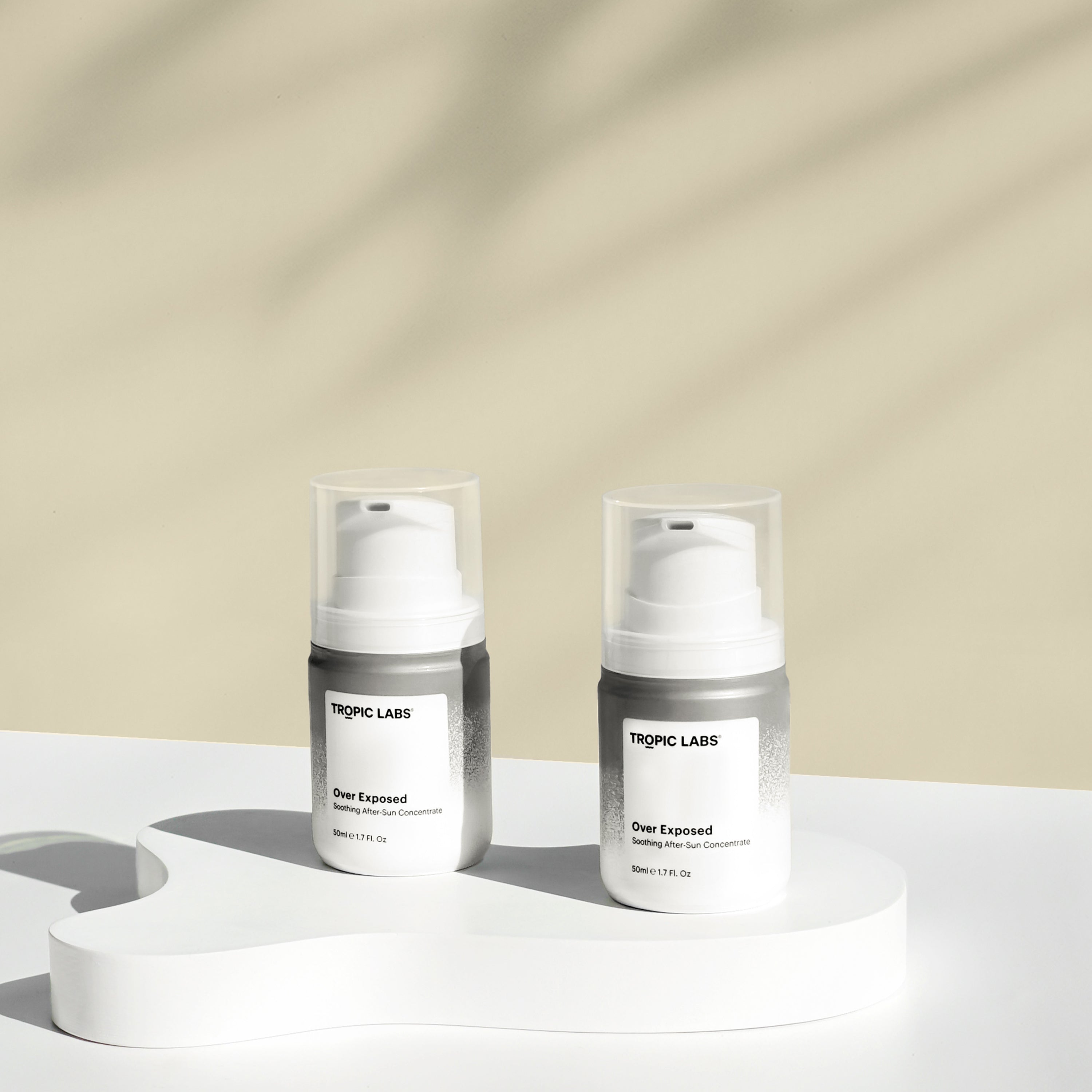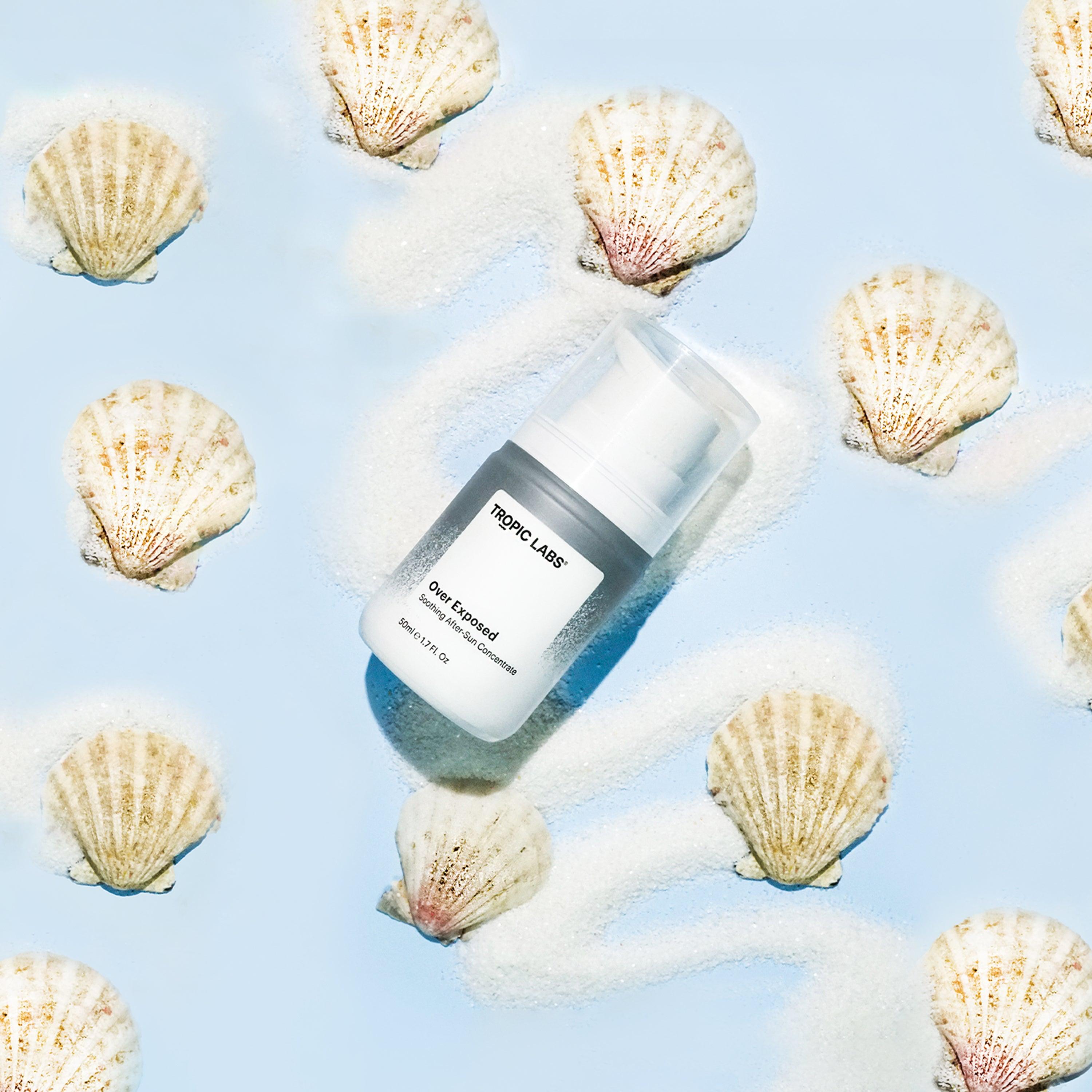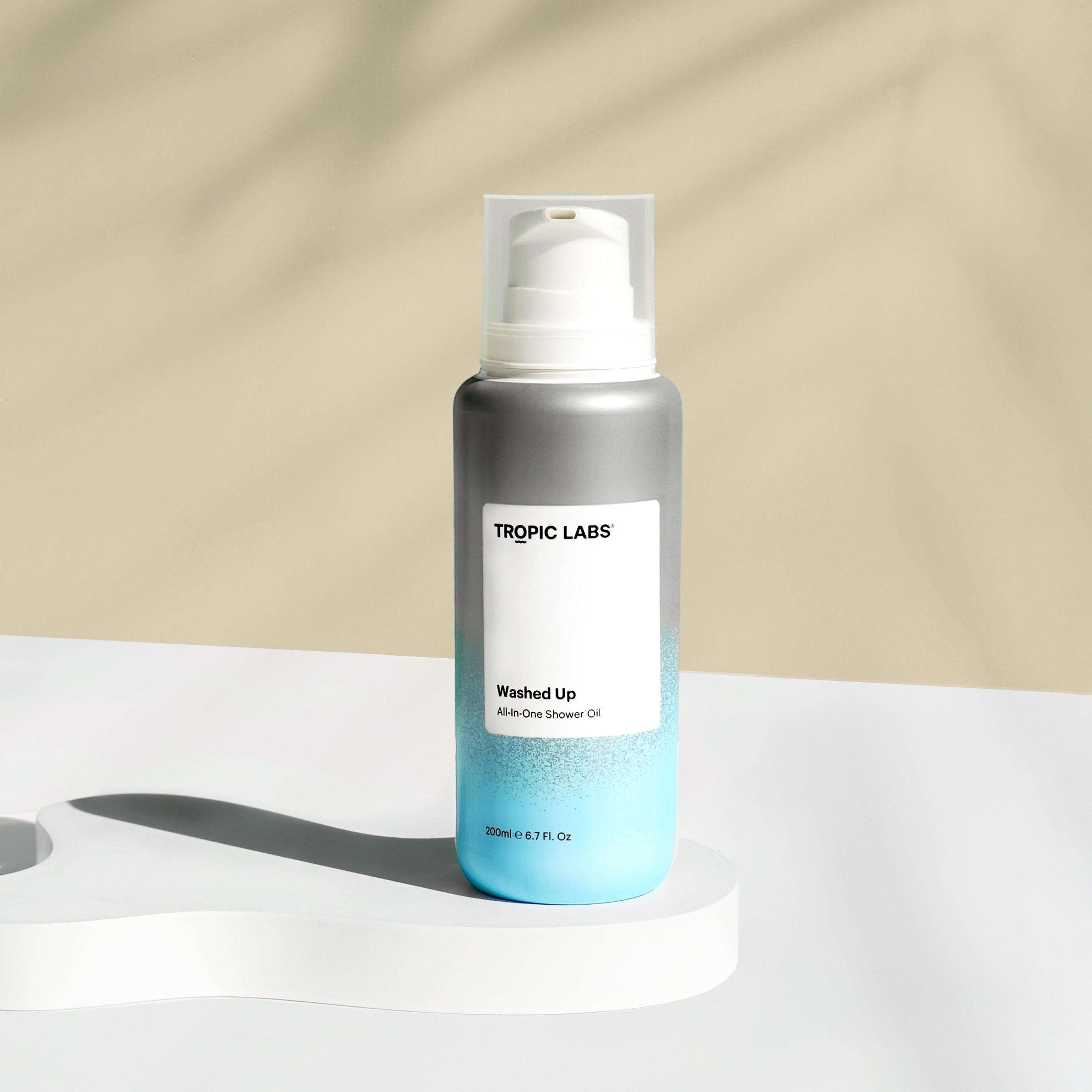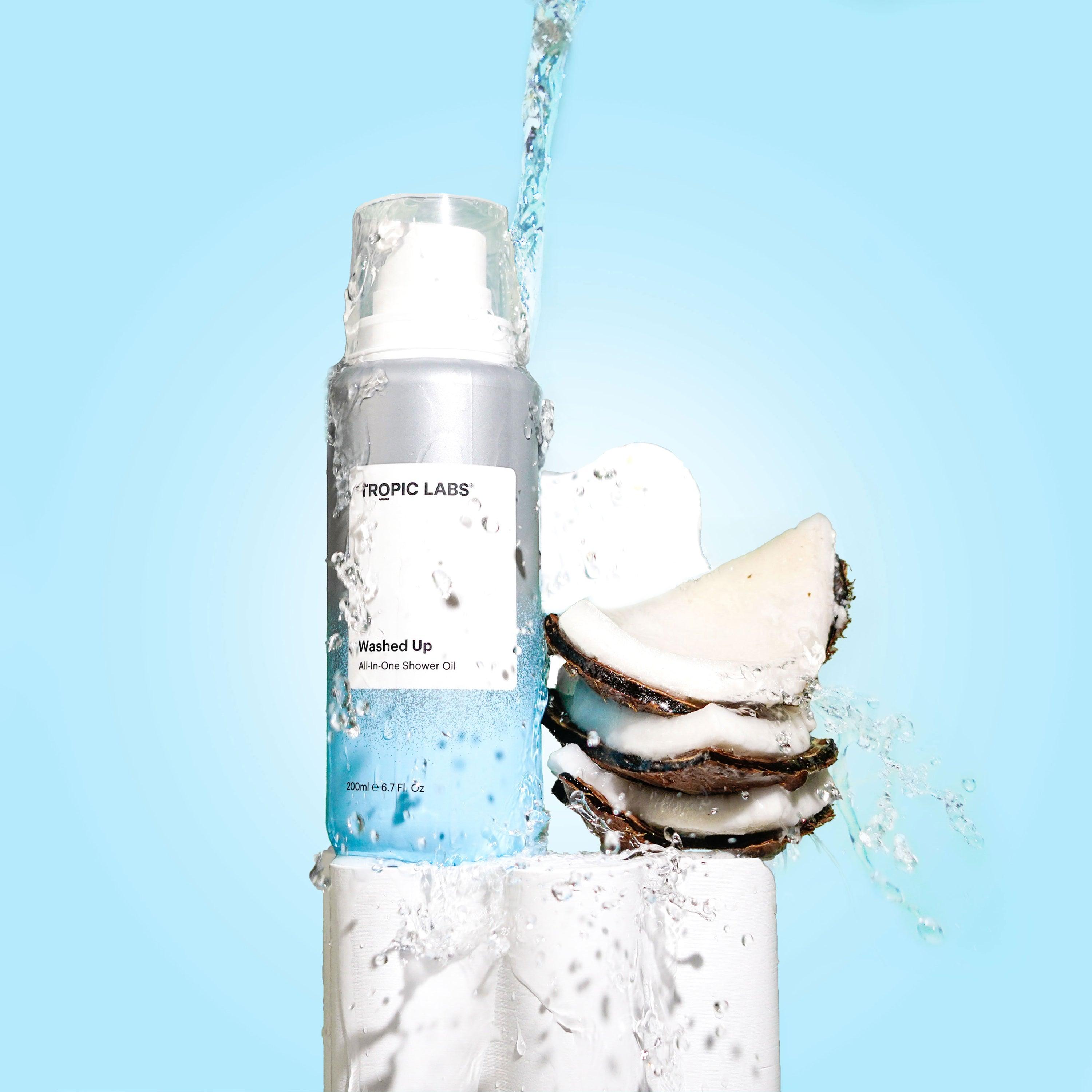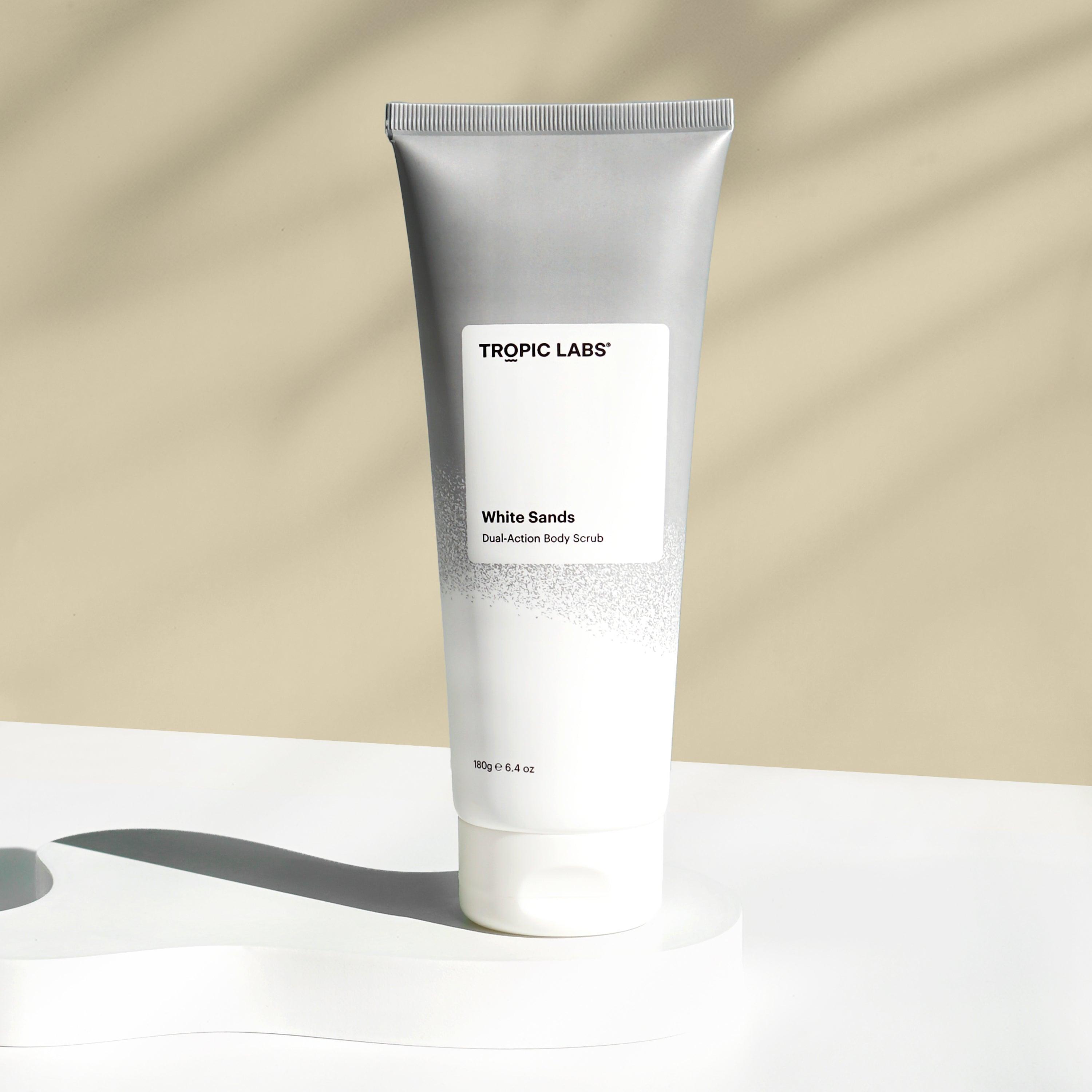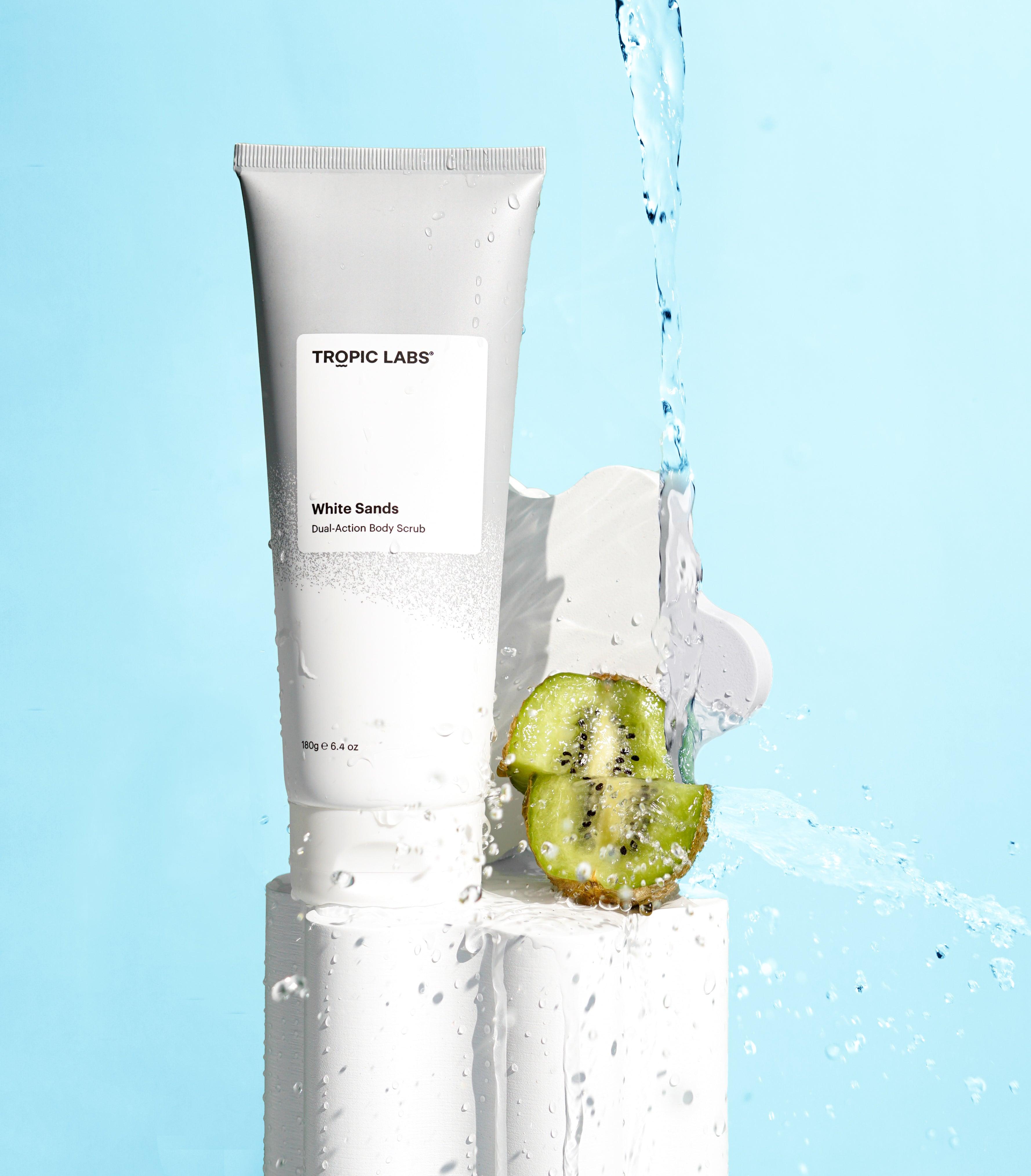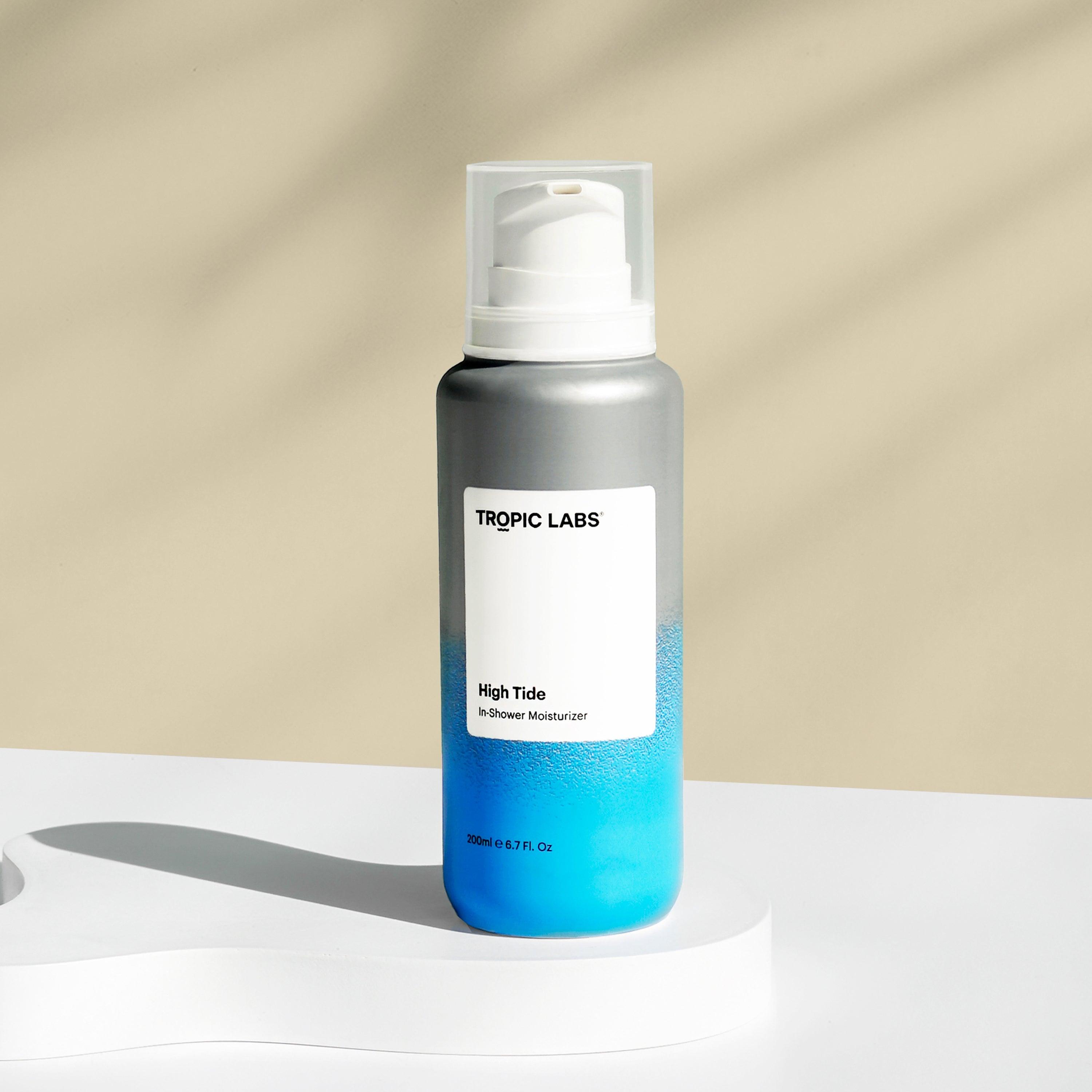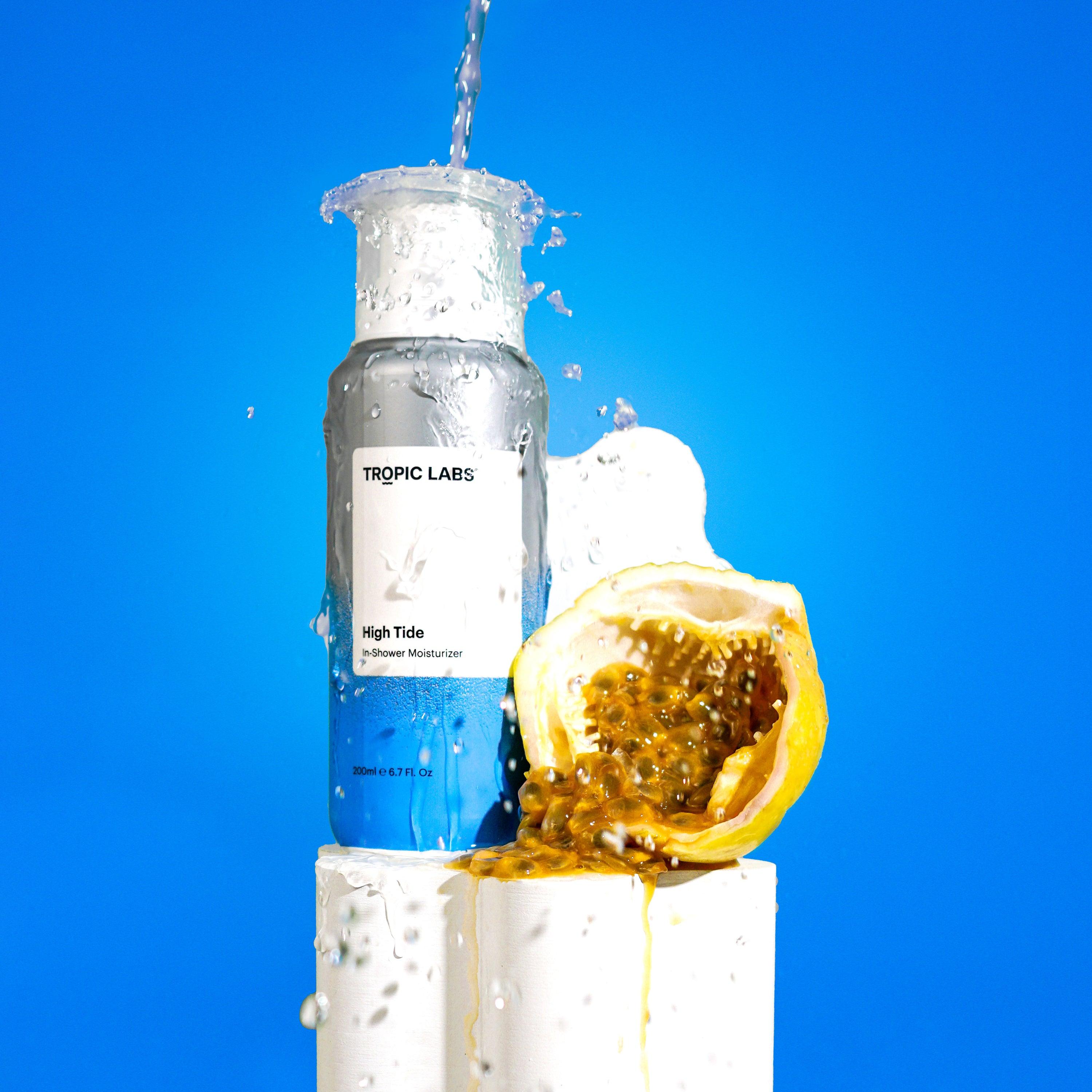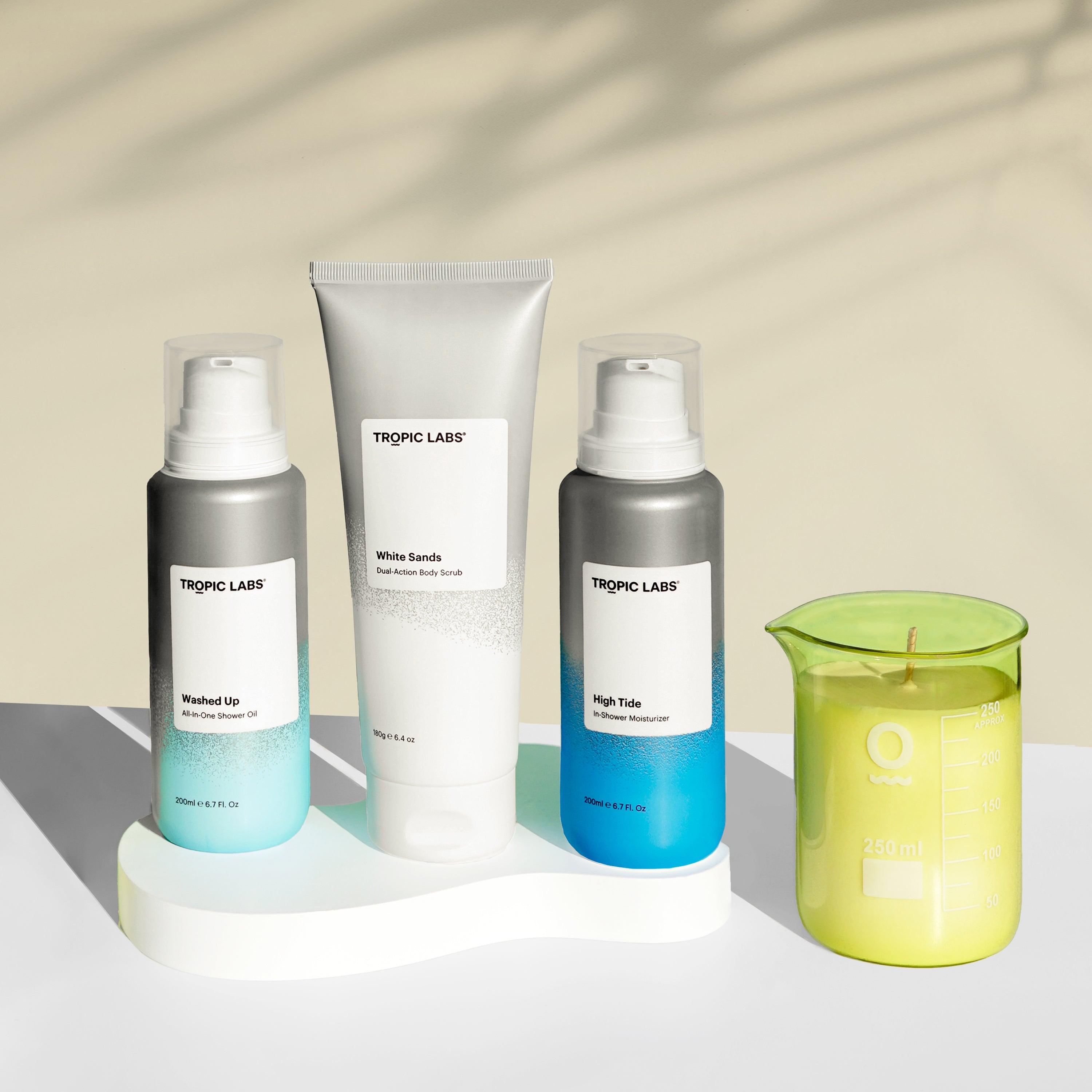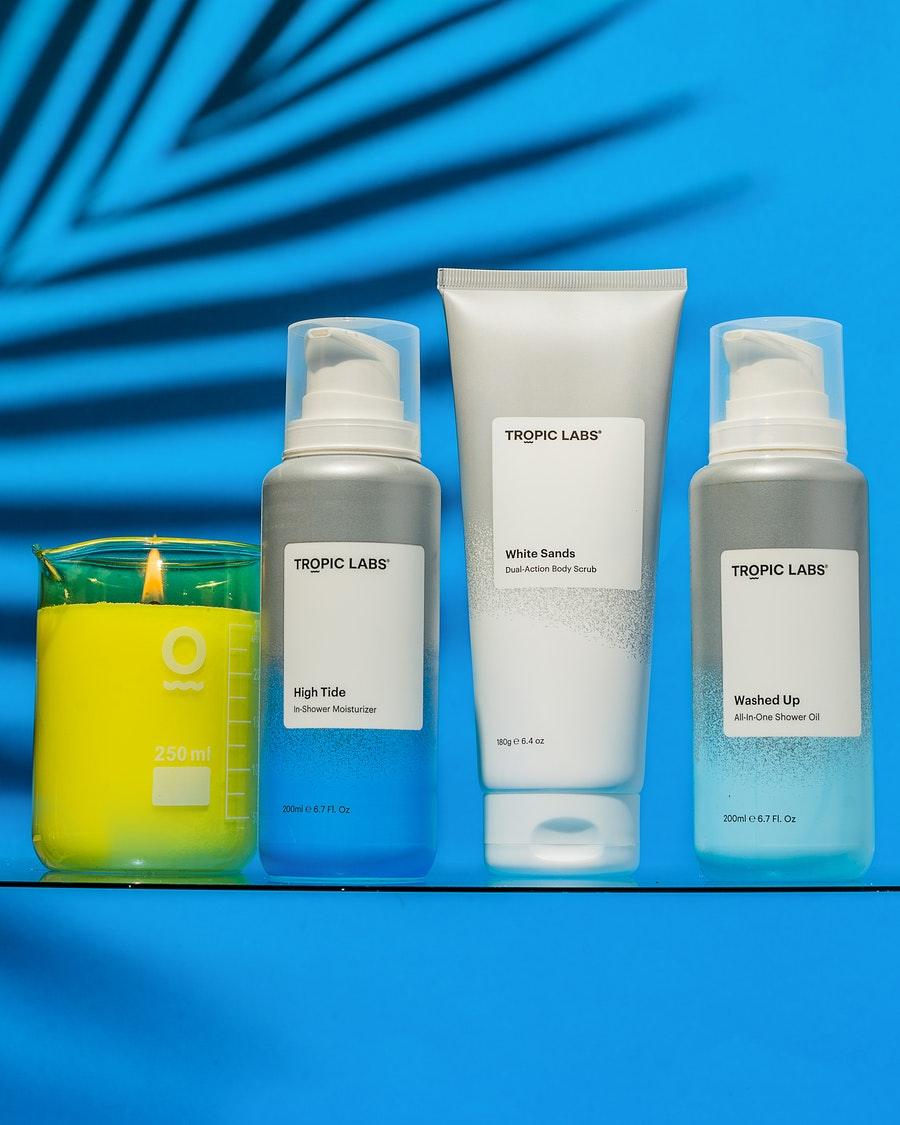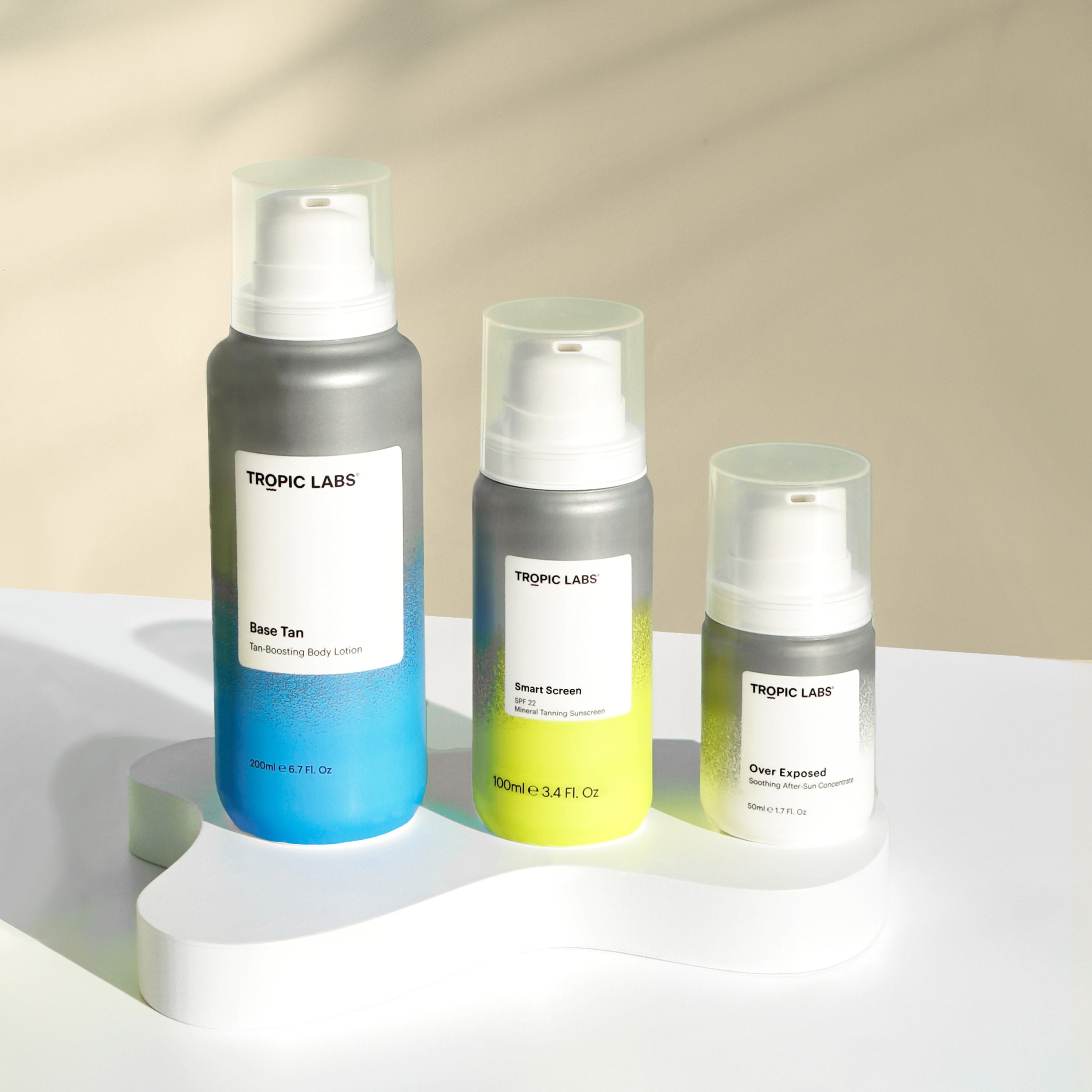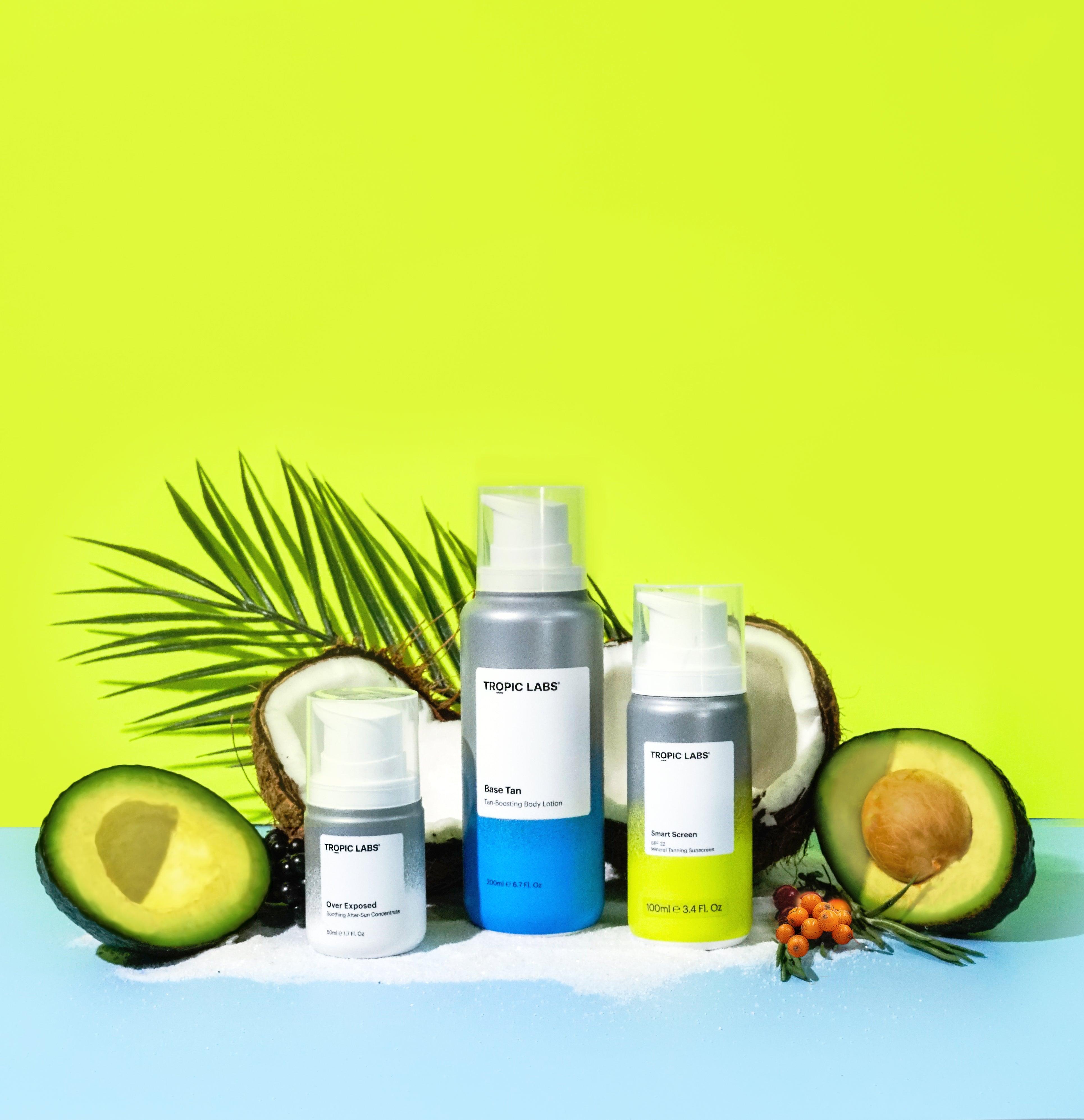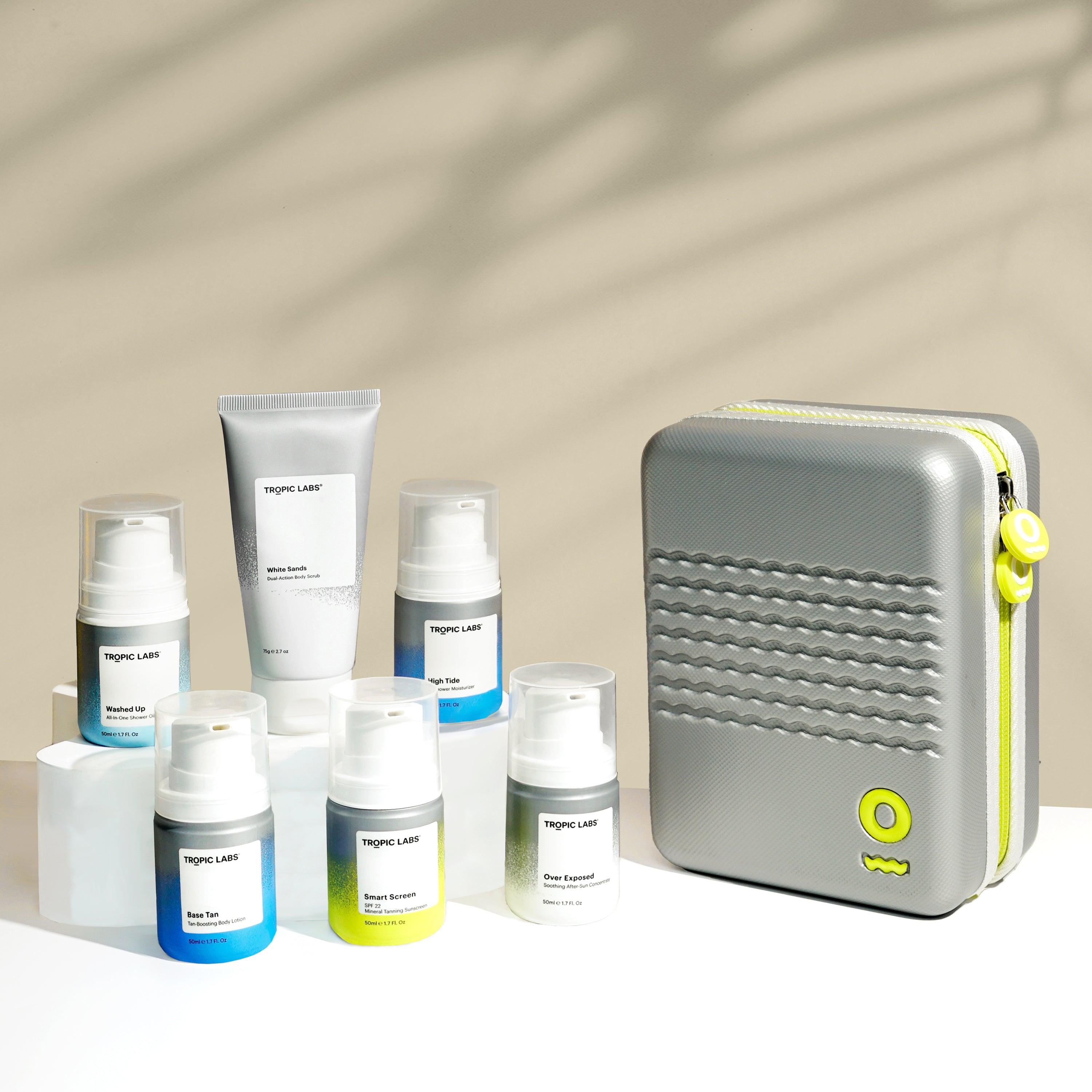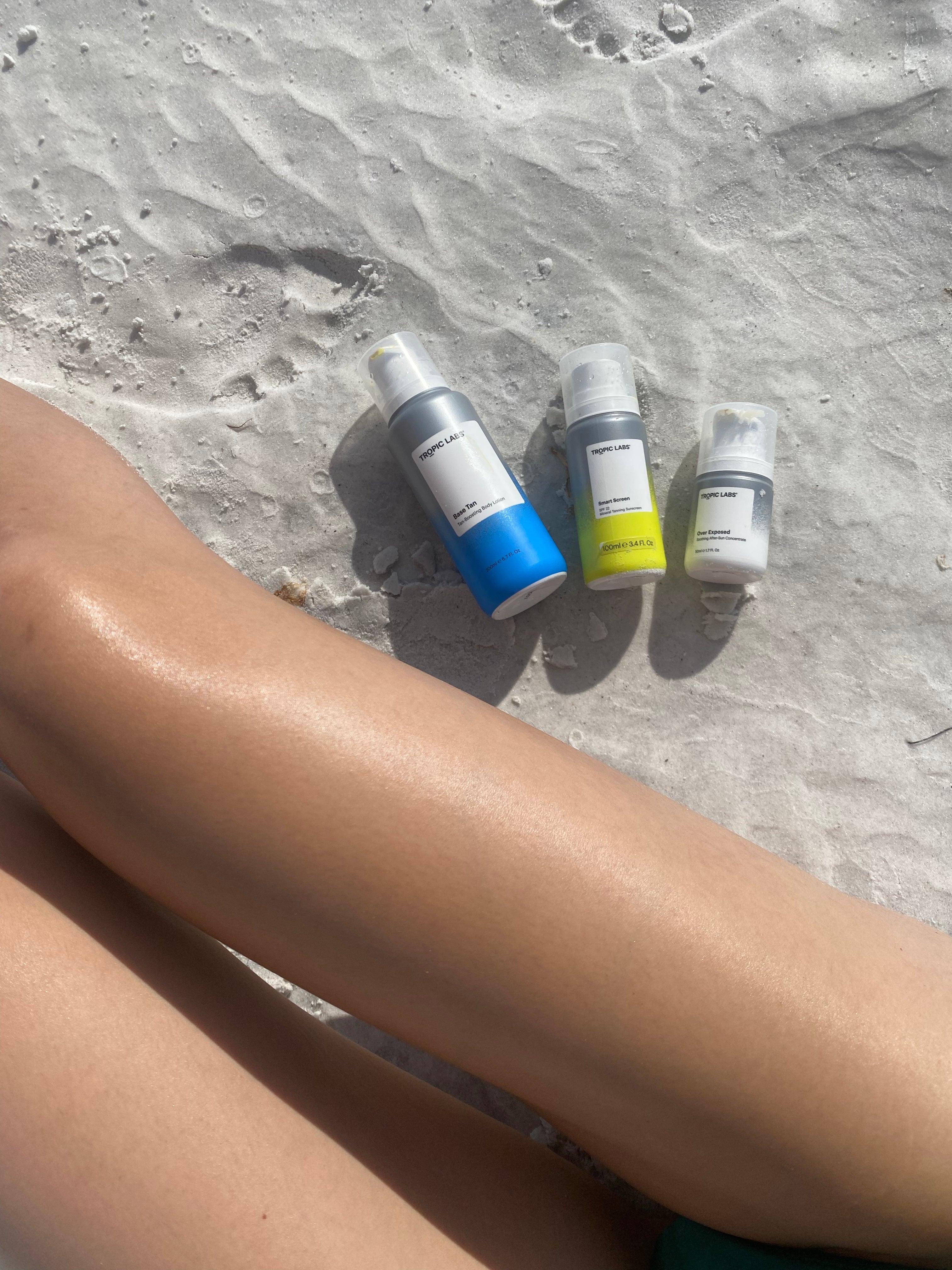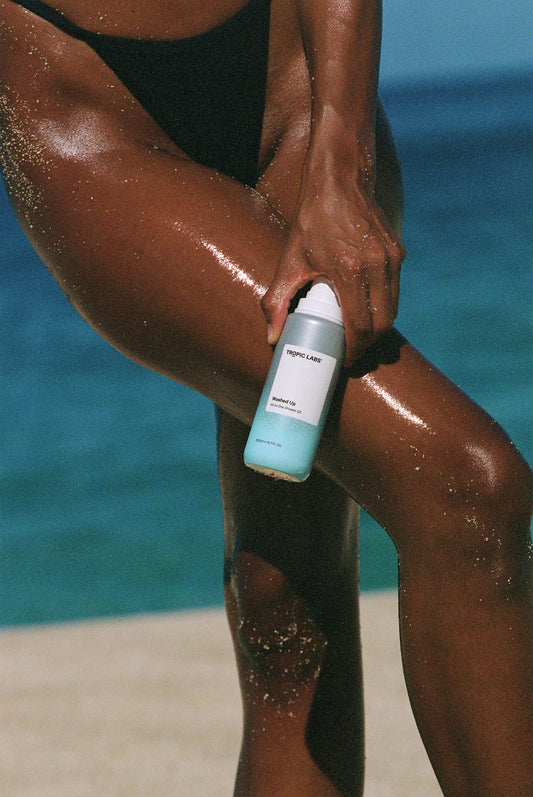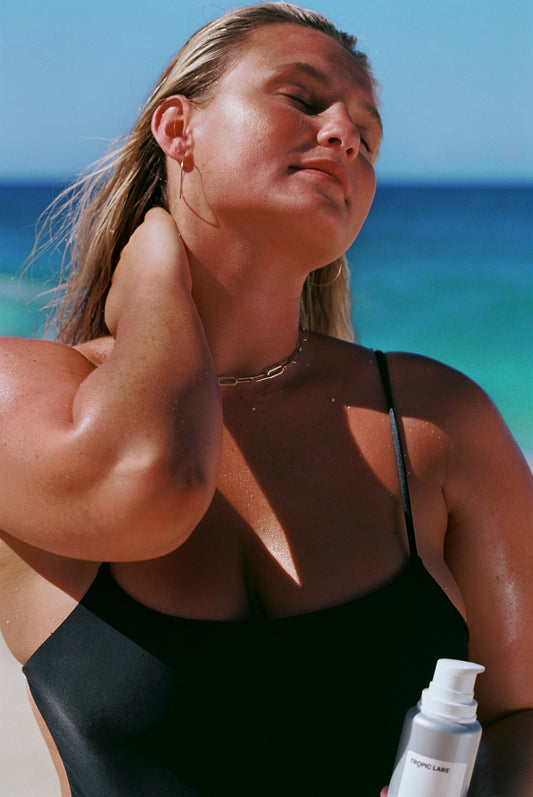TLDR
- Tanning Oil amplifies the intensity of the sun’s rays.
- Ditch the oil, reach for the true tan accelerator instead.
- While it might appear as though your redness is fading into a glowing bronze, it was only achieved after seriously damaging and weakening your skin.
- Definitely don't burn with the intention of it 'turning into a tan' later
Tanning has been a favoured pastime of women everywhere since at least the 1950s. But with so many opinions and ideas out there - how do you know who to trust? It’s not the 50’s anymore and we know that tanning CAN be dangerous if no precautions are taken. So we’ve done our homework and we’re here to dispel the top 4 tanning MYTHS, so you can make the most out of your time in the sun
MYTH #1 “You need to use oil if you want to tan”
Tanning oil has been a trend for far too long, and the truth is, using it can be flat-out dangerous. While you may think that using an oil is helping accelerate the tanning process, what it is actually doing is putting you on the fast-track to a sunburn (or worse). When your skin is slathered in oil it refracts UV light from the sun at the surface of your skin, thereby amplifying the intensity of the sun’s (already intense) UV rays. While this refraction might appear to speed up how quickly you get colour, your significantly more likely to burn than you are to tan. (Think of putting a magnifying glass between the sun and an ant)
Next time: Ditch the oil, reach for the true tan accelerator instead. Unlike fake tan, tan accelerators like Base Tan: Tan Boosting Body Lotion work by stimulating melanin production in your skin to bring out your natural color when you’re exposed to the sun. Melanin is the pigment that gives your skin its colour, and the more melanin your skin produces, the darker your tan will become.
MYTH # 2 “A Burn will fade into a tan”
There is a common misperception that if you get a sunburn you shouldn’t worry too much, because it will ‘simply fade’ into a tan, but this has to be the most dangerous attitude out there. Research indicates that just five severe sunburns in your lifetime increase your risk of developing melanoma by a whopping 80%.
While it might appear as though your redness is fading into a glowing bronze, it’s not a tan to be proud of because it was only achieved after seriously damaging and weakening your skin.
Next time: prepare your skin with a tan optimizer, and never neglect SPF protection, even if you are trying to get some colour.
MYTH #3 “Natural oils provide enough low SPF protection”
Many believe that slathering yourself in natural oils like coconut oil can provide low-level SPF protection, but this only provides a false sense of security. Natural oils such as coconut oil or raspberry seed oil might offer very minimal SPF ratings, however, this is completely counteracted by the refractive effect that oil has on UV light (see Myth #1). Much like how water refracts the sun’s rays and increases your likelihood of burning - without genuine UV filtering ingredients, coconut oils and the like will do nothing to protect your skin.
Next time: If it's hydration you’re after, follow every period of sun exposure with an antioxidant-rich, soothing after sun such as Over Exposed. When your skin receives a lot of UV exposure, it causes a lot of free-radical damage in the skin which eventually leads to sun-damage and pre-mature again. You can help to strengthen your skin’s defences by recharging it with potent antioxidants like including seaberry seed/fruit extract - known for its powerful healing and restorative properties.
MYTH #4 “You can’t get a tan with sunscreen”
The reason why this myth is so widely believed true is likely due to a misunderstanding of the term ‘SPF’ and what it truly represents. SPF, or sun protection factor, is a measurement of how long we can stay out in the sun without getting burned, based on our skin type.
So for example, if you would normally burn in 10 minutes of sun exposure with no sunscreen, an application of SPF 15 would give you 15 TIMES the amount of time before you would burn, or 150mins. In theory that is. SPF formulas are tested in a laboratory setting and do not take into account the sweat, sand and frictions from towels that might rub off our sunscreen in a real-life situation. This is why reapplication is crucial.
It is also worth noting that the SPF scale is not linear:
- SPF 15 blocks 93% of UVB rays
- SPF 30 blocks 97% of UVB rays
- SPF 50 blocks 98% of UVB rays
So while you may think that blocking 93% of the sun’s rays is completely blocking your chance at a tan - don’t forget that your sunscreen is being constantly worn down by sweat and clothing - some rays are absolutely still getting through. You’d be surprised what a fantastic tan you can achieve by preparing your skin with a tan accelerator, then layering on an SPF before heading out. It’s why we created our new mineral sunscreen Smart Screen, the first sunscreen of its kind to include a tan accelerator which we call our Tan Boost Technology, to make the most of the select rays that make it through to your skin.
